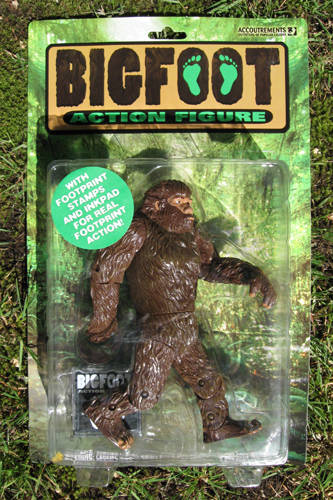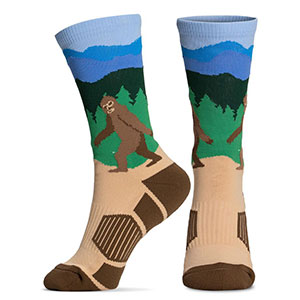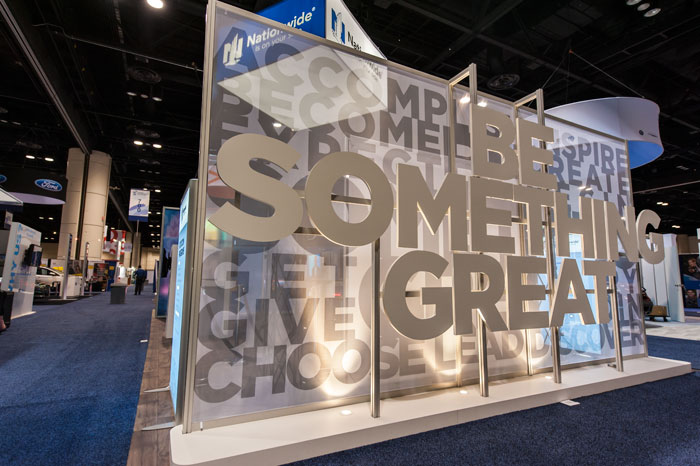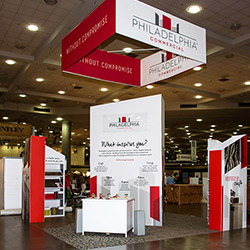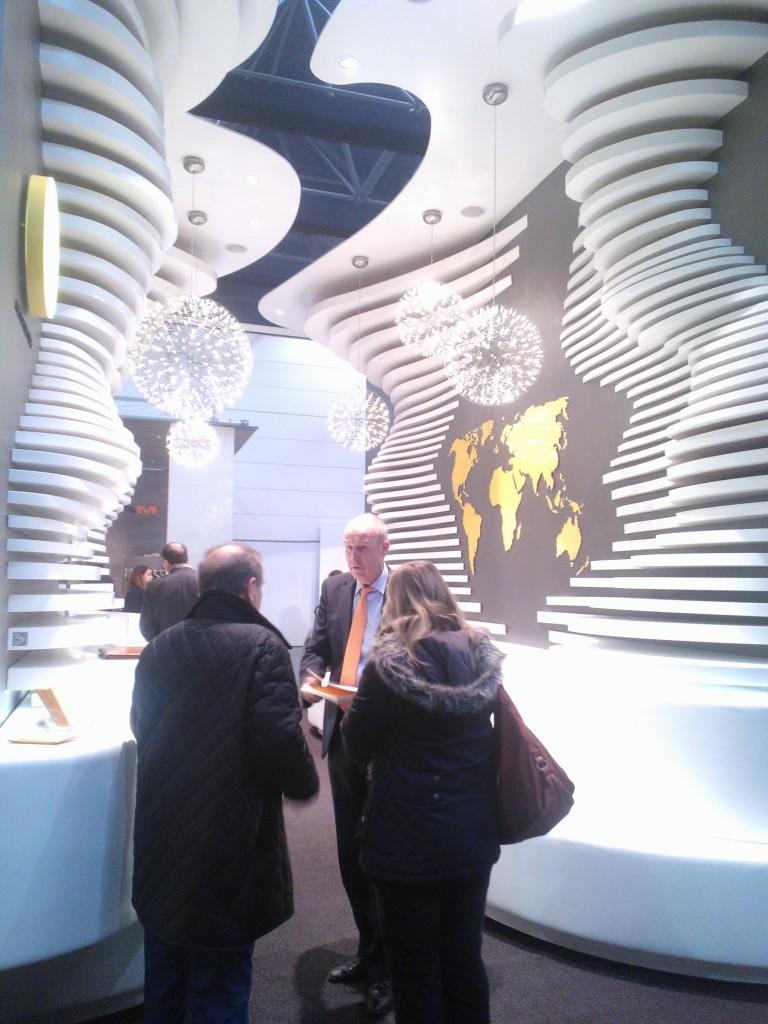
Every group has its own rules and etiquette. Trade shows are no different whether you are an exhibitor, attendee, or an industry insider. While many behaviors might seem normal to you as a member of the trade show community, others are downright bizarre to those who rarely set foot in a trade show hall.
Here are 40 Things You Do @ Trade Shows You Would Never Do Anywhere Else. It was originally much longer, but this is a PG-rated blog.
Drinking doesn’t count. We know you drink. You just don’t always start at lunch. And for the sake of discretion (and possible litigation), we’ve ignored trade shows where other forms of “relaxation” are legal.
Feel free to contribute in the comments. And enjoy!
Wear Matching Unisex Clothing
- Throw trash in the aisle and expect others to clean it up
- Spend $8.50 for a 12 oz. bottle of Aquafina
- Bribe someone to look the other direction. Brag about it later
- Have Accounting panic because you just max-out your credit card on one transaction (drayage perhaps?)
- Wear matching unisex clothing
- Take anything that appears to have a value of less than $10 (candy, hats, pens, mugs…)
- Share “steamy” industry gossip with competitors
- Chat with 500 strangers in 72 hours
- Gush about the double-padded carpet in booth #1108
- Buy a gaudy new belt in the casino shop for $165 (after forgetting to pack one)

Spend $350 to Vacuum Your Carpet
- Party until 3 am with Steve in Accounting, Larry in HR, Melissa in Engineering, and Rebecca in Quality Control
- Bum breath mints from strangers
- Arrive at work at 11 am. Leave at 3:30 pm
- Get agitated when someone walks across the corner of your booth space
- Take a Lyft to Lowe’s or Best Buy at 9 am
- Pretend you don’t smell that awful face-melting smell
- Debate the existential meaning of portable, modular, and custom
- Act interested in (insert topic)
- Complain about how much it costs to vacuum 400 sq. ft. of carpet. Vow to do something about it
- Allow strangers to take your stuff without a receipt for three days and not know where it is, how it’s getting stored (or if it will be returned undamaged), and that you have zero ability to get it back early.

Steam Your Clothing in the Shower
- Let someone point a scanning device or smartphone camera in the general vicinity of your chest and crotch. Repeatedly.
- Be convinced a 15-minute conversation will lead to $500,000 in new business
- Assemble a 3D structure that costs somewhere between a new car and a McMansion, only to disassemble it three days later
- Spend 20% of your entire annual marketing budget over five days. Never calculate the ROI
- Compare the work ethic in Philadelphia, Boston, NYC, Chicago, Orlando, Anaheim, San Francisco, and Las Vegas to the work ethic in your hometown. Vow to do something about it.
- Hang your clothing in the bathroom with the shower running for 30 minutes to steam out the wrinkles
- Explain, once again, to your family and friends that it’s a “business trip” and not a vacation
- Get visibly excited about the phrase “traffic congestion”
- Guard your giveaways like a momma bear (Day #1). Beg show labor to take them in bulk (Day #3)
- Sneak off to the bathroom just to find a quiet place to work

Hide in a Storage Closet
- Hide in a storage closet to scarf down a Starbuck’s scone, while dusting your co-workers coats, purses, and briefcases with gooey crumbs
- Judge people based solely on their trade show name badge
- Convince your boss that the 300 fishbowl leads are new clients clamoring for your product (and not the iPad giveaway)
- Pretend the President’s son is not still drunk. Allow him to talk to potential clients and competitors (I know I said I wouldn’t include drinking but this one was too good to exclude)
- Spend 3 days with 100 of your best friends and not speak or see them again for 362 days
- Fly from the Midwest in January to Las Vegas, Orlando, or New Orleans and NEVER leave the hotel/convention center complex
- Reintroduce yourself to the same person three times. Act embarrassed
- Toss the sales literature you carefully collected over three days so there’s more room for tschotskes. Pretend it’s for your children
- Be REALLY, REALLY EXCITED to leave Las Vegas or Orlando!
- Finally… Wonder (after scanning the room and mumbling quietly to yourself) why the Federal Government hasn’t filed RICO charges against certain segments of the trade show industry. Vow to do something about it.
That’s it. Please share your “Trade Show Things” below. And thanks for playing along.
–Mel White
mel@classicexhibits.com
http://www.linkedin.com/in/melmwhite
**********************************************
Classic Exhibits Inc. designs and manufacturers portable, modular, hybrid, and custom exhibit solutions, including SuperNova LED Lightboxes. Classic Exhibits products are represented by an extensive distributor network in North America and in select International markets. For more information, contact us at 866-652-2100 or www.classicexhibits.com.






